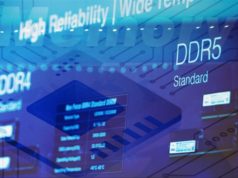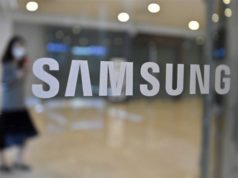While DDR4 prices have seen a continuous decline in pricing since May 2015 and hit their lowest value at around June of the current year, that trend has recently seen a reversal, with prices currently accelerating upwards. That may seem strange, since DDR4 never carried that much of a price premium over DDR3 (mainly on the back of a contracting PC market, the increasing popularity of mobile computing and other devices using slower but lower-powered memory, and the consolidation of the memory manufacturing marketplace), but you don’t have to look very much away from your own devices for an answer as to why this is happening: smartphones.
Since the latest generations of smartphones have mostly been using DDR4 memory (such as the Galaxy S7, Google Pixel, Xiaomi phones as well as many other manufacturers’ handsets), demand for increased amounts of DDR4 RAM has put a strain on the manufacturers’ capabilities, leading them to put desktop-level DDR4 production on one the back burner, prioritizing mobile versions of it. And as you well know, supply and demand usually go hand in hand with pricing, as you can see from the images below, taken from PC Part Picker’s pricing trends:

Consider the recent Samsung Galaxy Note 7 debacle, for example, and you can see how such an event can have veritable cascading consequences on the memory industry – after the initial recall, Samsung increased their orders of DDR4 memory, in a bid to accelerate production on replacement phones… Only to have them burst into flames as well. This initial strain on DDR4 manufacture has only been exacerbated as of late, due to multiple short-term orders of additional memory chips – with Samsung reportedly increasing production on their Galaxy S7 and Galaxy S7 Edge, and Apple looking to do the same with their iPhone 7, on the expectation of increased smartphone sales from disgruntled Note 7 buyers, either past or prospective.Source: Digitimes







